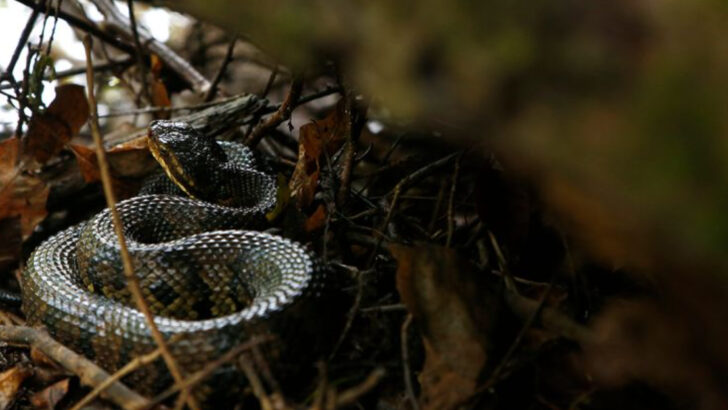There could be a snake in your yard right now, and you wouldn’t even know it.
These silent hunters are experts at staying out of sight, slipping into tall grass, burrowing under rocks, and vanishing into the shadows. One minute your yard looks perfectly normal—the next, you spot a shed skin, a strange hole, or something slithering just out of view.
Snakes don’t always announce their presence, but they do leave behind clues. Rustling sounds in the bushes? Mysterious tracks in the dirt? A sudden disappearance of rodents? These could all mean that a snake has moved in.
Before you step outside barefoot or reach into that woodpile, take a moment to check for these 13 warning signs. The more you know, the less likely you are to have an unexpected—and possibly dangerous—surprise.
Shed Snake Skins
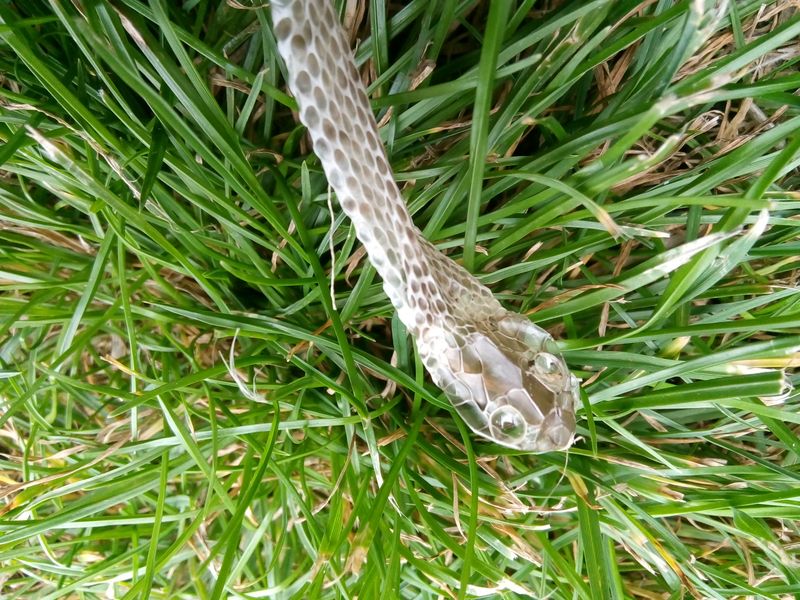
Finding shed snake skins in your yard is a clear sign that a snake might be nearby. Snakes shed their skins as they grow, leaving behind a papery, translucent remnant. These skins are often found near rocks, logs, or bushes where snakes like to hide. If you discover one, inspect the area carefully, as the snake could still be nearby. Regularly checking your yard for these skins, especially around the garden, can help you stay alert to a snake’s presence. Be cautious and make sure to wear protective gloves while investigating.
Snake Tracks
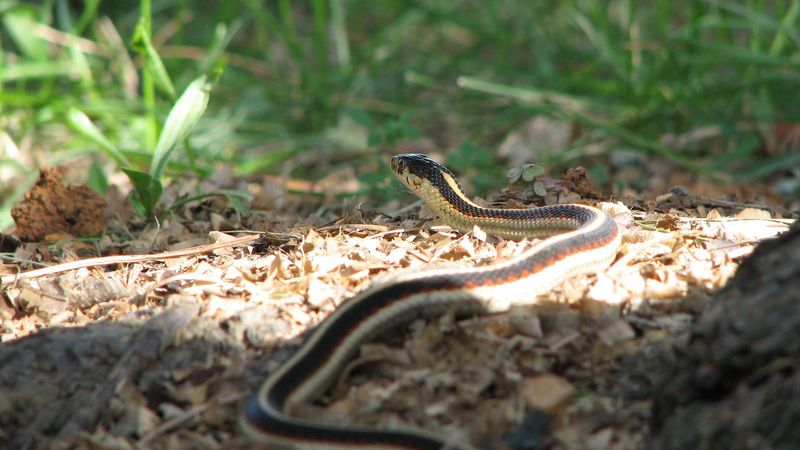
Snake tracks are another indicator that a snake might be in your yard. These tracks appear as winding, curved lines in soft soil or sand. They are distinctive and can often lead you directly to the snake’s hiding spot. Look for these tracks near water sources, as snakes tend to move towards moisture. Observing the direction of the tracks might give you an idea of where the snake is headed. Keeping an eye on such patterns will help you understand snake movements in your yard, increasing your chances of spotting the guest.
Unusual Pet Behavior
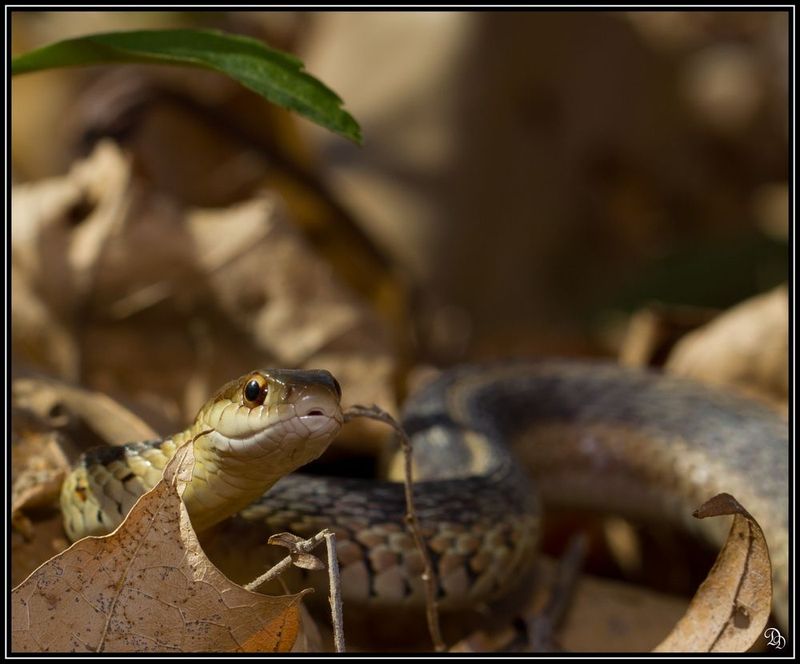
Pets often sense things humans cannot. If you notice your dog or cat behaving strangely, such as sniffing or barking at particular spots, it might indicate a snake’s presence. Animals can detect the scent and sound of snakes, making them natural alarms. Pay attention to areas where your pet is particularly interested. Their bizarre behavior, such as staring intently or being unusually cautious, could warn you about hidden dangers. Trust your pet’s instincts and investigate the area thoroughly to ensure there are no unwanted slithering visitors.
Slither Paths
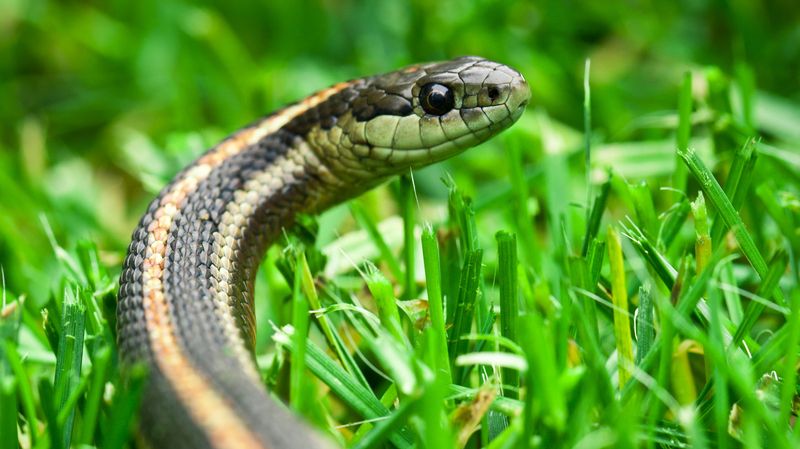
A visible slither path in the grass can reveal a snake’s presence. These paths occur when a snake moves through tall grass, creating a flattened trail. Such trails often lead to hiding spots like piles of leaves or rocks. Observing these paths can guide you to where the snake might be resting. Knowing these trails ensures you can avoid accidentally disturbing the snake. By monitoring these paths regularly, you can maintain a safer outdoor environment, alert to possible snake activity and ready to act if necessary.
Hollowed Out Spaces
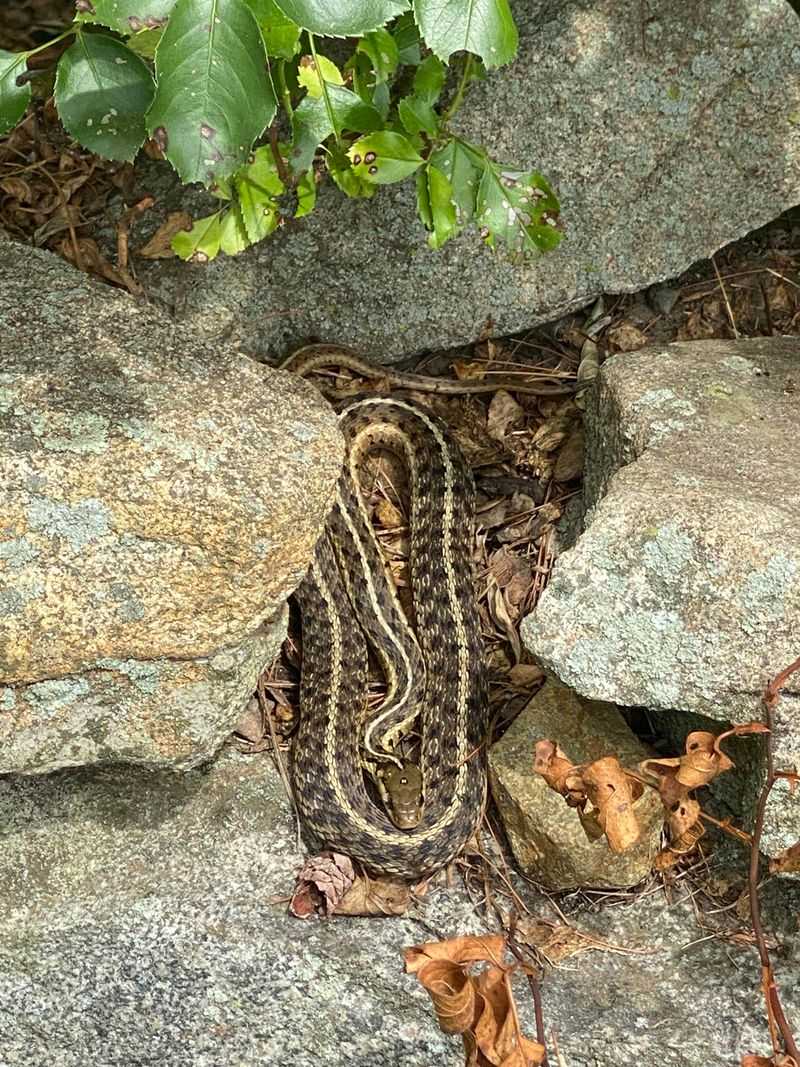
Snakes often seek shelter in hollowed-out spaces under rocks or logs. These areas provide safety and warmth, ideal for snakes to hide. If you find such spots in your yard, they might house a snake. Carefully inspect these areas, using caution not to disturb any residing creatures. Snakes prefer secluded, quiet places to avoid predators. By recognizing and monitoring these spaces, you can better manage and control potential snake habitats, ensuring a peaceful coexistence without unexpected surprises.
Scat and Droppings
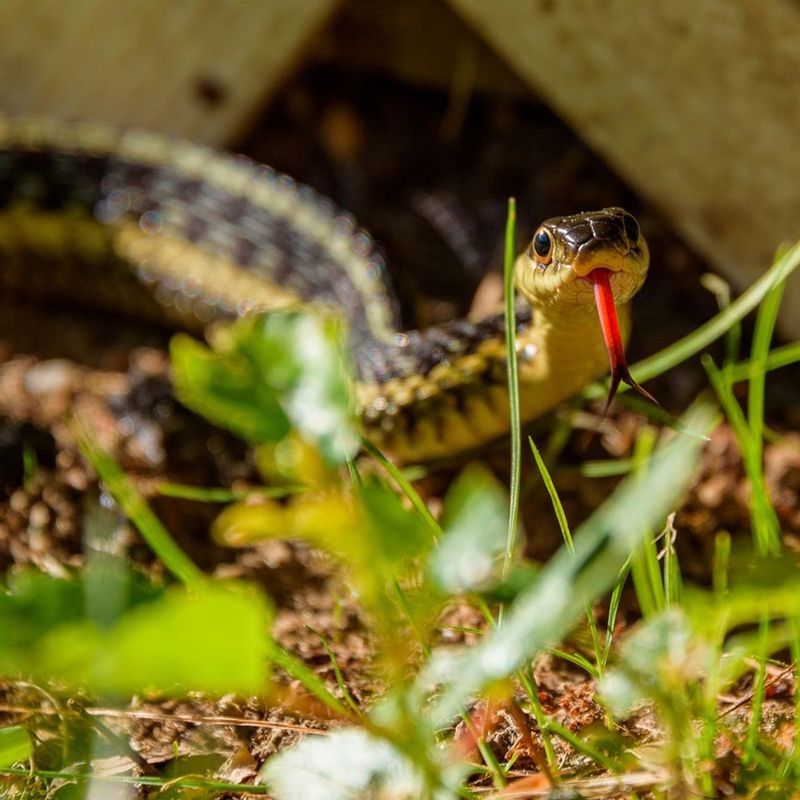
Finding scat or droppings can be a telltale sign of a snake in your yard. Unlike other animals, snake droppings have a mixture of dark and chalky white segments. These are usually found near the snake’s hiding place, such as in garden beds or under foliage. Identifying this waste can be tricky, but it’s a crucial clue to a snake’s presence. Regularly cleaning up and inspecting these areas can help detect snakes early, minimizing any potential surprises. Always handle droppings with gloves to maintain hygiene and safety.
Basking Spots
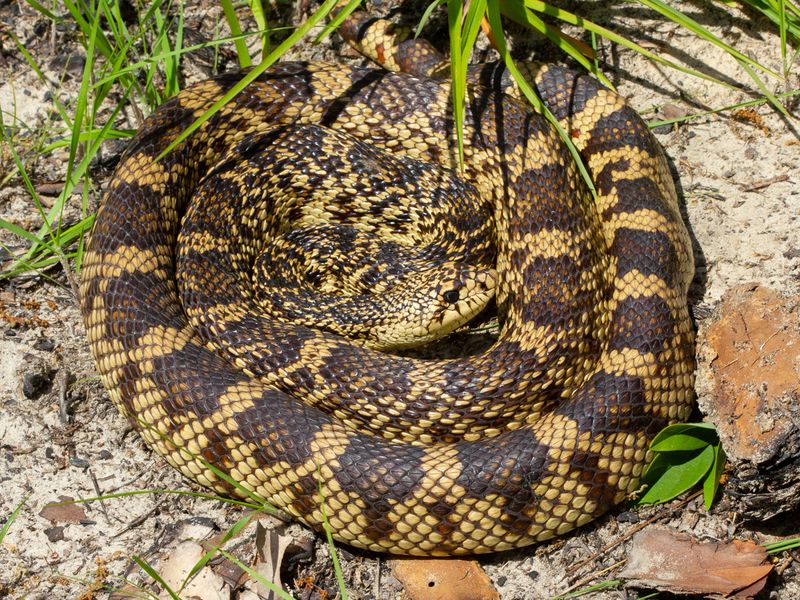
Snakes love to bask in the sun, soaking up warmth. If you notice sunny spots, like rocks or pavement, that seem to attract snakes, it could indicate their presence. These basking spots are often ideal for snakes to regulate their body temperature. Keeping an eye on such locations can help you spot snakes before they slither away. Regularly checking these areas, especially on sunny days, can prevent unexpected encounters. Understanding their sunbathing habits aids in predicting and managing their movements around your yard.
Sounds of Rustling
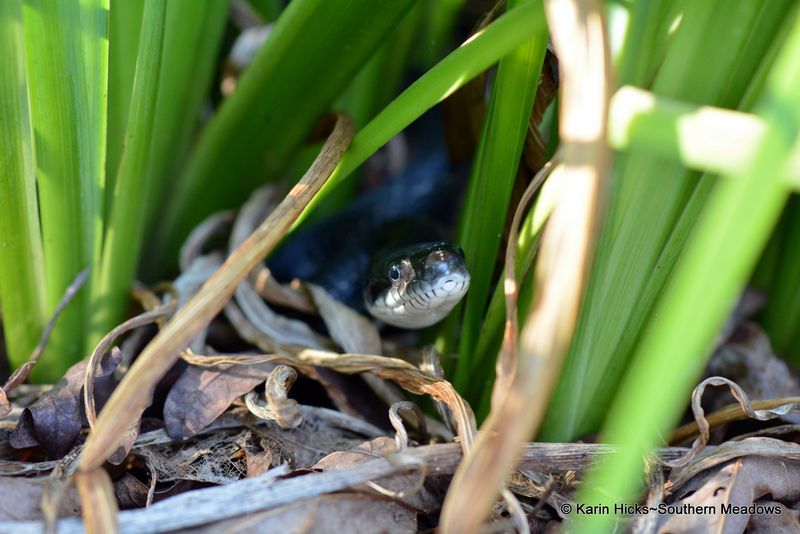
Hearing rustling sounds from underbrush or bushes could suggest a snake at work. Snakes moving through dry leaves or grass create a distinctive rustle. This sound might alert you to their activity, especially in quiet areas of the yard. Listening carefully can help pinpoint the location and direction of the snake’s movement. By staying alert to these sounds, you can avoid startling or cornering a snake, maintaining a safe distance. This auditory clue is crucial for those who wish to coexist peacefully with these reptiles.
Nighttime Activity
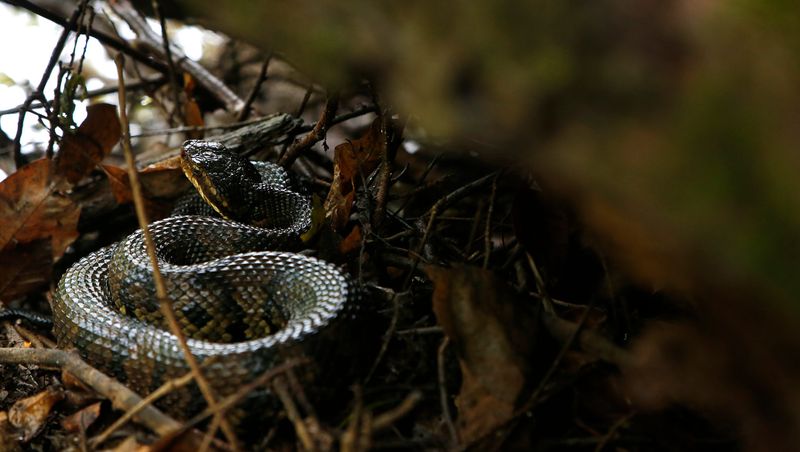
Many snakes are nocturnal, becoming active during the cooler night hours. If you notice increased movement or disturbances in your yard at night, it could be a sign of a snake. Pay attention to garden beds or areas near water. Using a flashlight to inspect these spots can help you spot snakes without startling them. Knowing their nocturnal habits allows for better management of your yard, reducing surprise encounters. Being mindful of these activities ensures a safer environment for both you and the snake.
Snake Burrows
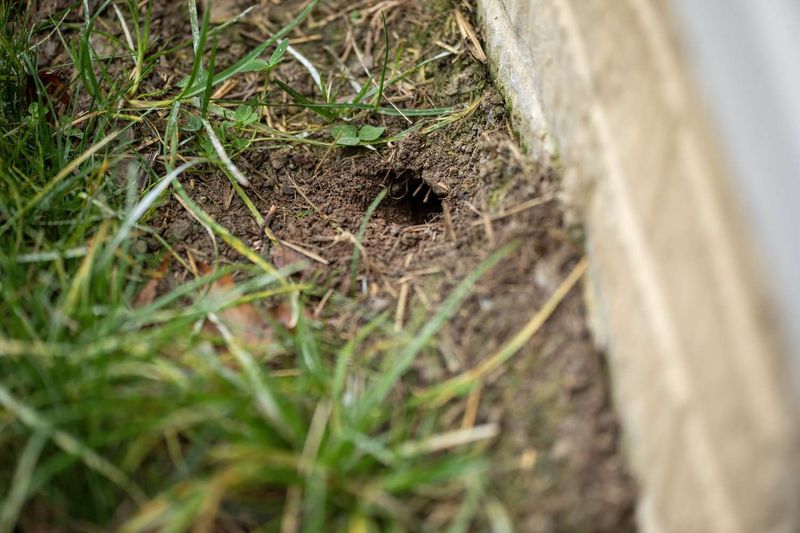
Snake burrows are often overlooked but are a definitive sign of snakes in the vicinity. These burrows look like small, tunnel-like openings in the ground, often near rocks or dense vegetation. Recognizing these entrances can help you identify active snake areas, allowing you to monitor potential snake habitats. Regular inspection of your yard, focusing on these spots, ensures you’re aware of where snakes might be hiding. Understanding their living patterns aids in creating a harmonious coexistence, reducing unexpected encounters in your outdoor space.
Presence of Prey Animals
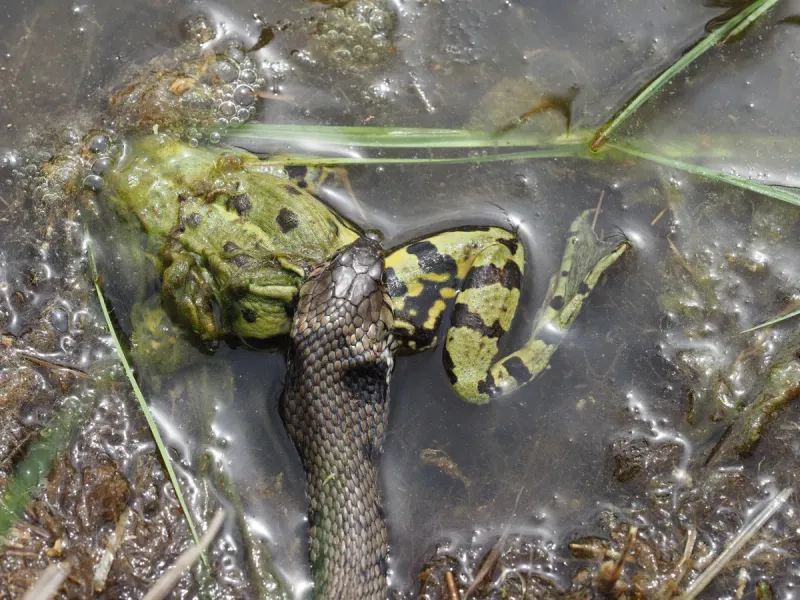
An abundance of prey animals such as rodents or frogs can attract snakes to your yard. As natural predators, snakes follow their prey, making areas with visible prey more likely to house them. Observing these creatures can indirectly indicate a snake’s presence. Ensuring your yard is clean and free of food sources for prey animals can help deter snakes. Monitoring this ecological balance keeps your yard less inviting to snakes, reducing the likelihood of them settling in. Proactive measures ensure a safer, snake-free environment.
Eggs or Hatchlings
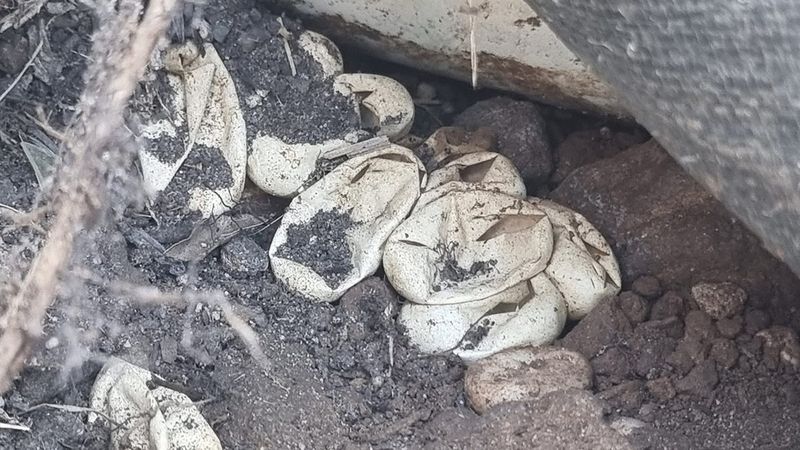
Discovering snake eggs or hatchlings in your yard is a definite indication of snake activity. Snake eggs are typically laid in warm, hidden spots and are oblong in shape. If you find eggs or recently hatched snakes, it means you have a potential snake family nearby. Gently relocating these to a safer, more suitable area can be beneficial. Understanding their breeding habits helps in predicting future snake activity. This knowledge aids in taking appropriate actions to manage your yard, ensuring a peaceful coexistence.
Warm Surfaces
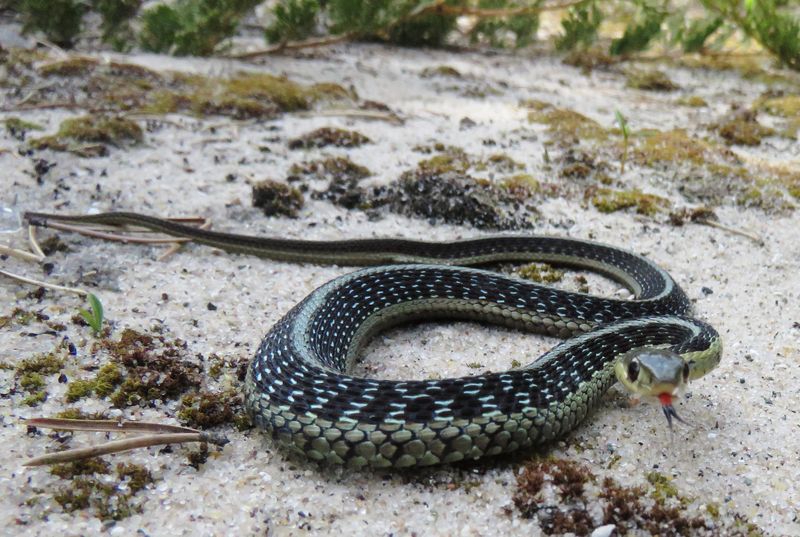
Warm surfaces in your yard, such as stones or paved areas, can attract snakes seeking heat. These spots are perfect for them to relax and absorb warmth. Observing snakes on these surfaces indicates their presence and habits. Regularly checking these areas, especially in cooler weather, can help you manage and monitor snake activity. By understanding their preference for warmth, you can predict where they might appear, allowing for safer interactions and reducing unexpected encounters.

